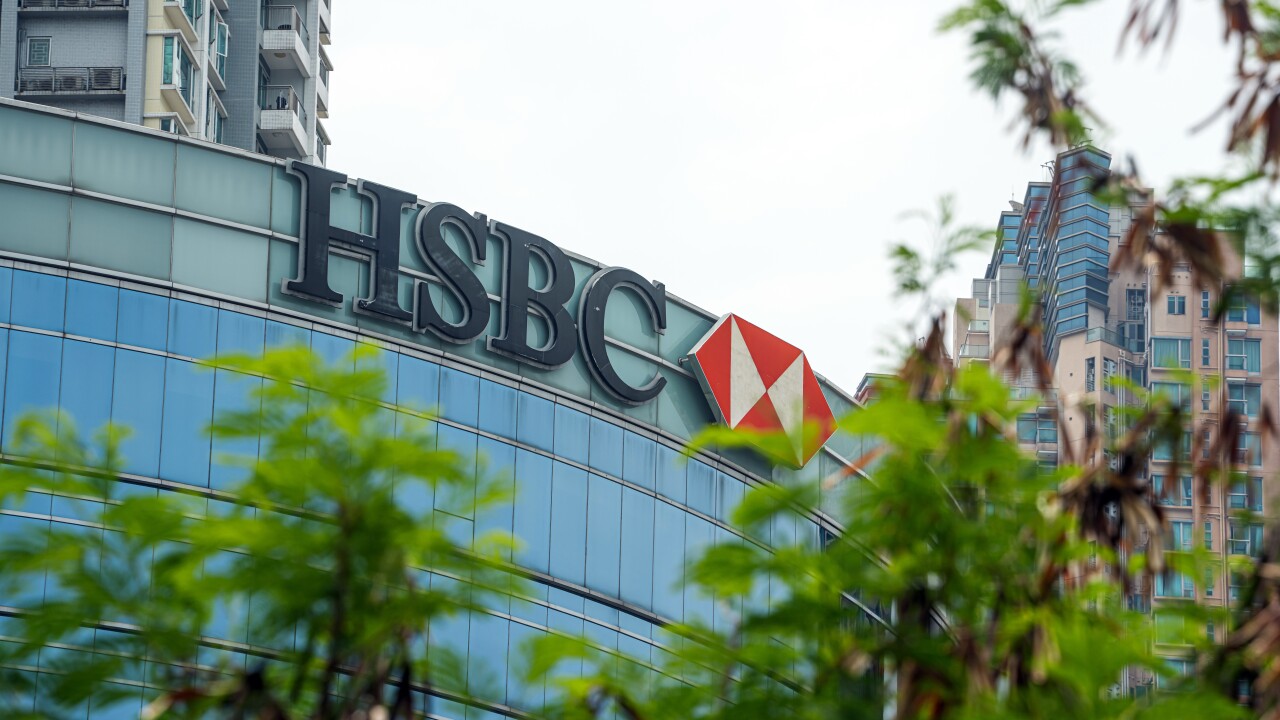When TableSafe launched in 2011 under the name Viableware, it was a simpler time in payments technology and the company had a simpler product to offer — a tablet-like check holder that lets customers complete card payments without leaving the table.
But as the U.S. card networks' 2015 EMV liability shift neared, the Kirkland, Wash.-based vendor found a new calling, since the advent of chip-and-PIN security meant restaurants would no longer have a choice about whether to accept payments at the table.
This new environment necessitated the removal of its original product, called
If TableSafe's original offering was a solution in need of a problem, that problem has finally arrived. Pressure is rising for restaurants to bring card readers to the table to accommodate PIN payments on debit cards and chip-and-PIN credit cards, and avoid serious disruptions and security risks for restaurants with payment terminals installed in employee-only areas.
Even though the company rebranded, the product kept its name to provide familiarity to restaurants, said Steve McKean, president of TableSafe. In restaurant kitchen jargon, the "rail" is each table's ticket, visible to waitstaff and cooks.
"The Rail builds on the exact behavior diners and servers are used to, but it enables customers to handle the entire payment on their own, preserving privacy for checking the bill over and adding a tip, and it's based on a platform to support future payments technology development," he said.
When diners finish eating, the waiter produces the bill using a restaurant's existing core systems, which connect to the Rail's base station, McKean said. The bill appears within the Rail, which a waiter leaves at the table.
The customer can then pay with cash or credit, debit or gift cards, both via magnetic stripe and EMV chip. Restaurants may also opt to accept payments via QR code or NFC-based mobile payments from wallets like Apple Pay, Samsung Pay and Android Pay or add in-app payments and support for loyalty programs, McKean said.
Customers may split the bill between diners, add a tip using a built-in tip calculator, and ask to have their receipt emailed to them or delivered to the table.
"The Rail lets customers complete the payment without any further assistance from the waiter, which reduces several trips back and forth to the table, speeds up the checkout process and helps restaurants to turn over tables faster," McKean said.
Once customers pay, one of three small, colored LED lights built into the edge of the Rail illuminates to signal to waiters if any further action is required. The Rail flashes blue if the payment is complete, green if there's cash inside and red for any other needed assistance.
TableSafe also can add media to the Rail's screen, including menus, recipes, promotions and information about loyalty programs, to name a few possibilities, he said.
The company is in talks with several regional restaurant companies looking to test the Rail later this summer, McKean said.
But it is not alone.
The EMV migration is sparking a wave of innovation from entrepreneurs eager to get in on the emerging
TableSafe plans to market its device through resellers that already have connections to restaurants for integrated payments platforms, though he declined to name any. A key selling point, McKean said, is the fact that TableSafe's Rail fulfills restaurants' PCI requirements, and combines mobile payments with EMV compliance, which is a growing need for all merchants.
The cost of implementing the Rail will vary based on size and scope, he said.
Persuading restaurants to pay for new equipment could be a challenge, McKean acknowledges. The Rail comes with a charging station for several Rail devices, and operates on a wireless network. The cost includes monthly maintenance, he said.
But McKean said there has been strong initial interest in the concept due to the pressures of the EMV migration. "We've identified more than 40 channel partners around the U.S. that already have several hundred restaurants in their territory who are interested in this," McKean said.
Restaurants in Europe faced fewer choices a decade ago when EMV arrived there. Most dining locations adapted to EMV by equipping waiters with hand-held, wireless versions of conventional countertop payment terminals, an approach that persists today.
Toting a payment terminal from table to table may be a hassle, but it's virtually eliminated counterfeit card fraud in most EMV-card markets outside the U.S., observers say.
But restaurants—like most other independent retailers—
Counterfeit card fraud—which EMV attacks—is less of a problem for restaurants than other merchants, because unlike electronics and jewelry, stolen meals can't be easily resold for cash, said Julie Conroy, a card-fraud expert with Aite Group.





